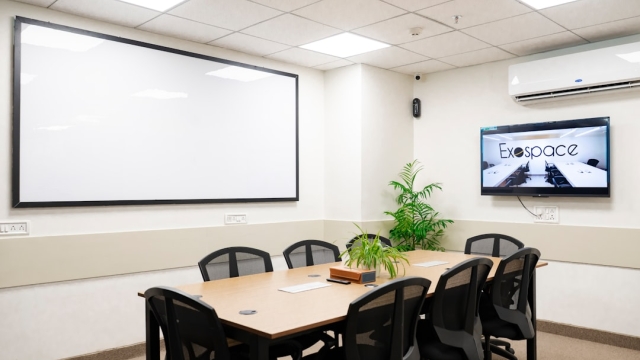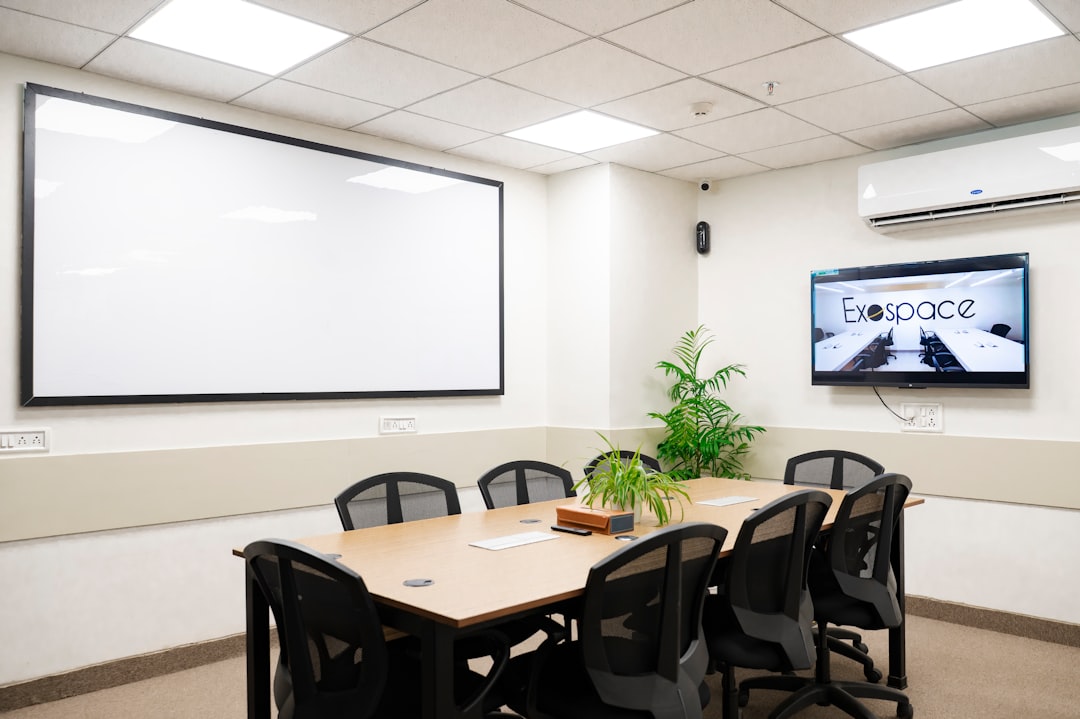Understanding the Basics of acoustics in worship spaces
Acoustics play a vital role in enhancing the experience of worship within religious spaces. Whether in a grand cathedral or a small community hall, the way sound travels and interacts with the environment significantly affects how congregants perceive messages, music, and spoken word. Understanding worship space acoustics can lead to a more fulfilling and engaging worship experience, making it essential for those involved in designing or maintaining these spaces to consider the acoustic properties carefully.
Understanding the Basics of acoustics in worship spaces
At its core, acoustics refers to the science of sound and its behavior in different environments. In worship spaces, several factors influence acoustics, including the size and shape of the room, the materials used in construction, and the arrangement of furnishings. Sound waves can reflect, absorb, or dissipate depending on these elements, which can either enhance or detract from the overall auditory experience.
For instance, hard surfaces like stone or concrete tend to reflect sound, creating echoes that can muddle speech and music. Conversely, soft materials such as carpets and drapes absorb sound, helping to minimize echoes and reverberation. A well-designed worship space balances these elements to create an environment where sound can be heard clearly and comfortably by everyone present.
Common Acoustic Challenges in Worship Environments
Worship spaces often face unique acoustic challenges. One common issue is excessive reverberation, which occurs when sound waves bounce off hard surfaces for prolonged periods. This can make it difficult for congregants to understand spoken words, especially if the speaker is not using amplification. Additionally, background noise from HVAC systems or outside traffic can further complicate the clarity of sound.
Another challenge is uneven sound distribution, where certain areas of the space may experience louder or softer audio levels. This can be particularly problematic in larger worship environments, where individuals seated farther from the source may struggle to hear clearly. Addressing these challenges is crucial for ensuring that all congregants can fully engage with the service.
Techniques and Solutions for Improving Worship Space Acoustics
To enhance worship space acoustics, several techniques and solutions can be implemented. First and foremost, evaluating the existing layout and materials is essential. Here are some practical approaches:
1. Sound Absorption Materials
Incorporating sound-absorbing materials can significantly improve acoustics. Acoustic panels, ceiling tiles, and soft furnishings can help absorb excess sound and reduce reverberation. These materials can be strategically placed on walls and ceilings to optimize their effectiveness.
2. Room Shape and Layout
The shape and layout of the worship space can also influence acoustics. A fan-shaped or elliptical layout can help distribute sound more evenly throughout the space. Designing the room with angled walls rather than parallel surfaces can also minimize echoes and enhance sound clarity.
3. Sound Reinforcement Systems
Utilizing sound reinforcement systems, such as microphones and speakers, can assist in overcoming acoustic challenges. Properly placing these systems helps ensure that sound reaches every corner of the space. Additionally, investing in quality equipment tailored for the specific worship environment can enhance overall sound quality.
4. Regular Acoustical Assessments
Conducting regular assessments of worship space acoustics can help identify any emerging issues. Engaging professionals who specialize in acoustics can provide valuable insights and recommendations for ongoing improvements. This can include adjustments to the sound system and alterations to the physical space as needed.
In conclusion, understanding and optimizing worship space acoustics is essential for creating a conducive environment for worship. By addressing common acoustic challenges and implementing effective techniques, congregations can enhance the auditory experience for all attendees. Good acoustics not only facilitate clearer communication but also foster a deeper connection to the worship experience, ultimately enriching the spiritual journey for everyone involved. For more information on enhancing the worship experience, consider exploring options for church livestream installation, which can further improve how sound is shared within the worship space.



